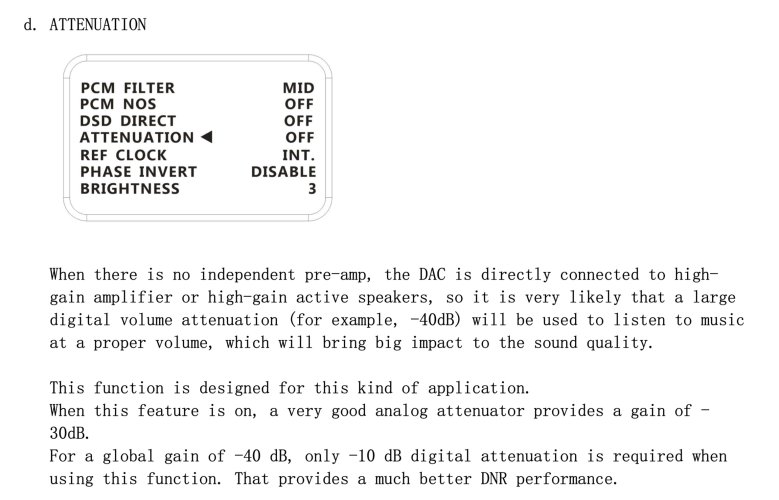mikeypas
100+ Head-Fier
- Joined
- Jul 18, 2016
- Posts
- 198
- Likes
- 101
Finally received my U18, connected to R26 via I2S. Sounds lovely, but still only a couples of hours into it.
I believe I got the R26 to play friendlier on my network LAN side, so would love to A/B U18 vs FMC on my system.
I previously purchased some FMCs and LC cabling but returned it all because the R26 wasn't working too well on LAN.
Now for the multiple FMC purchase questions:
1) The FMC I purchased had a LC to LC connection, single port. The TX side of the port was available to use, but the RX seemed to be soldered shut. So in a sense I was going TX - TX instead of TX - RX. I don't see any sets of FMC being sold that has one side open for TX and the other for RX? (see attached photo)
Would dual port help alleviate this, since both TX and RC are connected at same time?
1) For the FMC: Multimode or single mode? single port or dual port? LC or SC SFP module? (or other type?)
2) Cabling: single mode or multimode? simplex or duplex?
3) Now I have R26 connected directly to the router, I assume that the FMCs will go between router and computer.
I searched for the recommended finisar aoc modules that people are referring to, but at least in canada, was a little $$$. I just want to dip my toe in the FMC world to compare against U18 DDC.
Thanks
I believe I got the R26 to play friendlier on my network LAN side, so would love to A/B U18 vs FMC on my system.
I previously purchased some FMCs and LC cabling but returned it all because the R26 wasn't working too well on LAN.
Now for the multiple FMC purchase questions:
1) The FMC I purchased had a LC to LC connection, single port. The TX side of the port was available to use, but the RX seemed to be soldered shut. So in a sense I was going TX - TX instead of TX - RX. I don't see any sets of FMC being sold that has one side open for TX and the other for RX? (see attached photo)
Would dual port help alleviate this, since both TX and RC are connected at same time?
1) For the FMC: Multimode or single mode? single port or dual port? LC or SC SFP module? (or other type?)
2) Cabling: single mode or multimode? simplex or duplex?
3) Now I have R26 connected directly to the router, I assume that the FMCs will go between router and computer.
I searched for the recommended finisar aoc modules that people are referring to, but at least in canada, was a little $$$. I just want to dip my toe in the FMC world to compare against U18 DDC.
Thanks






























